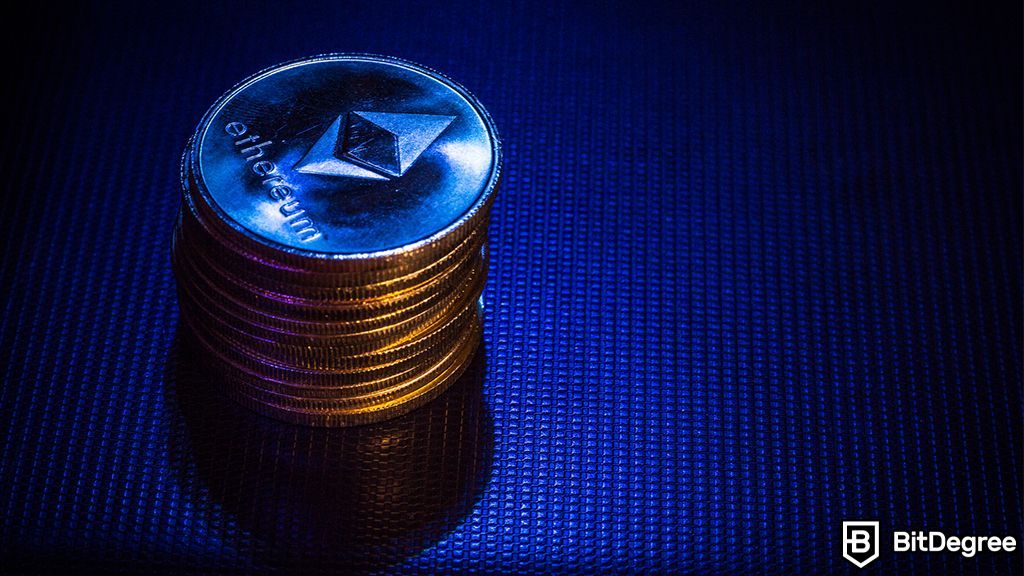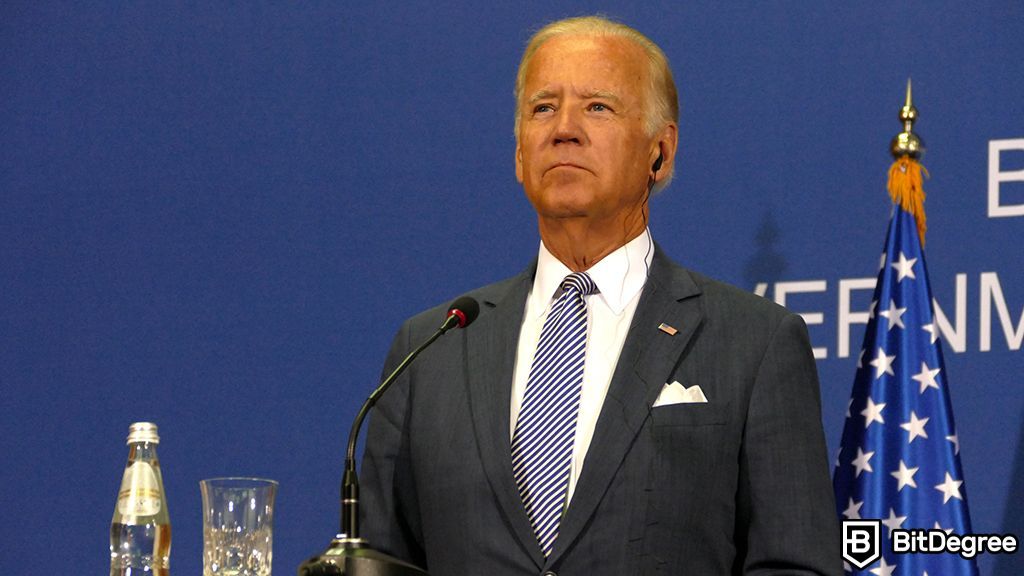After a successful Lido DAO vote, stakers can now withdraw ETH.
On May 15th, liquid staking protocol Lido activated Ether (ETH) withdrawals. In the initial three hours, over 260 Lido Staked Ether (stETH) was exchanged for Ether, amounting to around $500,000.
Lido is a platform that allows ETH holders to stake their cryptocurrencies with validators participating in the network and earn additional ETH as a reward.

Did you know?
Want to get smarter & wealthier with crypto?
Subscribe - We publish new crypto explainer videos every week!
What are Stablecoins, Altcoins & Wrapped Coins Explained!


It is worth noting that, overall, this function became available after the Shapella upgrade on April 13th. However, even post-upgrade, Lido users were still unable to withdraw their ETH as the platform lacked a withdrawal function.
On Monday, a vote by the Lido decentralized autonomous organization (DAO) resulted in an upgrade to Lido version two, enabling withdrawals for the first time.
According to Parsec's data, it took roughly an hour for stakers to start withdrawing. The first hour saw redemptions of stETH worth around 4 ETH ($7,308), which surged to approximately 227 ETH ($414,956) in the next hour.
The rate of redemptions slowed down in the third hour to around 44 ETH ($80,388), totaling over $500,000 worth of ETH withdrawn in the first three hours after enabling withdrawals.
Major crypto organizations are also actively using the withdraw function on Lido. Shortly after the company opened transfers, a bankrupt crypto lender Celsius moved $781 million in stETH to the Lido-staked Ethereum wallet.
Liquid staking solutions have seen increased popularity following the Shapella upgrade. As of May 1st, liquid staking became the leading decentralized finance category in terms of total value locked, even surpassing decentralized exchanges (DEX).

























